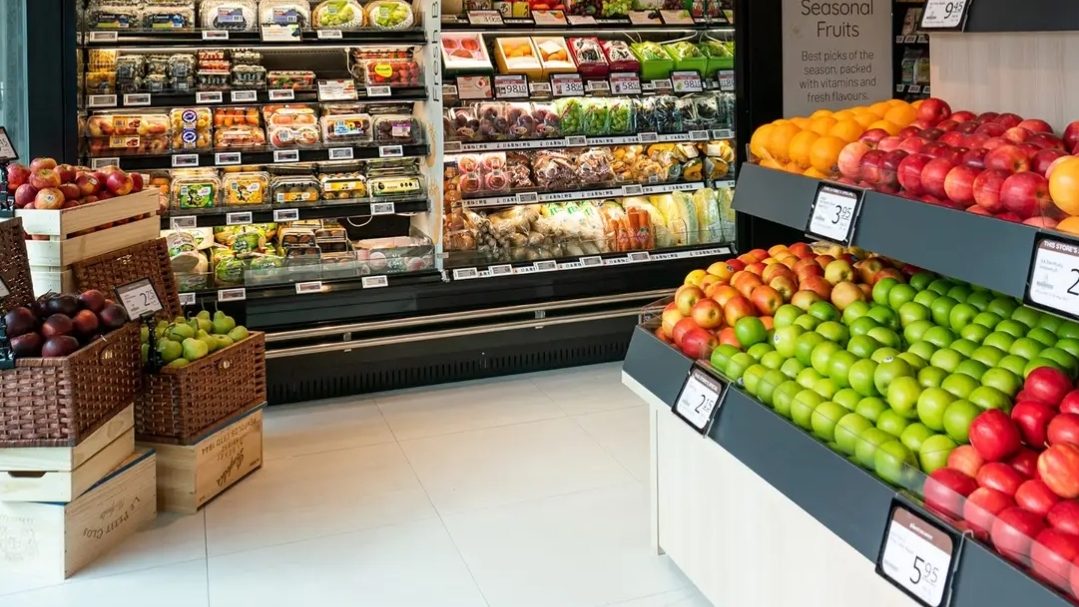SINGAPORE: As food prices continue to climb, a growing number of Singaporean grocery shoppers are turning to house brands to manage their expenses, according to a recent report by NielsenIQ.
The report revealed that 95% of Singaporean shoppers have purchased house brands over the last 12 months, with an increasing number now relying more heavily on these products than in previous years.
The shift is significant, with 33% of respondents reporting that they are buying more house brands today, up from 27% in 2021. This trend reflects the broader impact of rising food prices on consumer behavior, as people look for ways to stretch their budgets without compromising on essential goods.
Household and paper products are particularly popular among house brand buyers. The report shows that nearly half (49%) of those who opt for house brands are purchasing paper products, while 40% frequently buy household items.
The primary motivator for choosing house brands is cost savings, with 63% of respondents citing lower prices compared to name brands as the driving factor. Additionally, nearly half (48%) believe that house brands offer good value for money.
Beyond opting for more affordable alternatives, Singaporeans are also visiting multiple grocery stores to find the best deals. According to the report, 75% of consumers have been shopping at more than one store, visiting an average of 2.9 stores over a four-week period, up from 2.7 stores in 2022.
Shoppers have also diversified their purchasing habits across various retail channels. On average, Singaporean consumers now use 5.1 different channels—including both in-store and e-commerce options—within a four-week span, a significant increase from the 3.6 channels used in 2019.
Online shopping has become the dominant choice for many in Asia, with 66% of respondents making purchases online in the past month. This is followed by 24% who shop at hypermarkets and 6% who visit convenience stores.
The NielsenIQ report underscores how inflationary pressures are reshaping grocery shopping habits in Singapore, as consumers continue to seek out strategies to manage rising costs while maintaining access to essential goods.
TISG/

